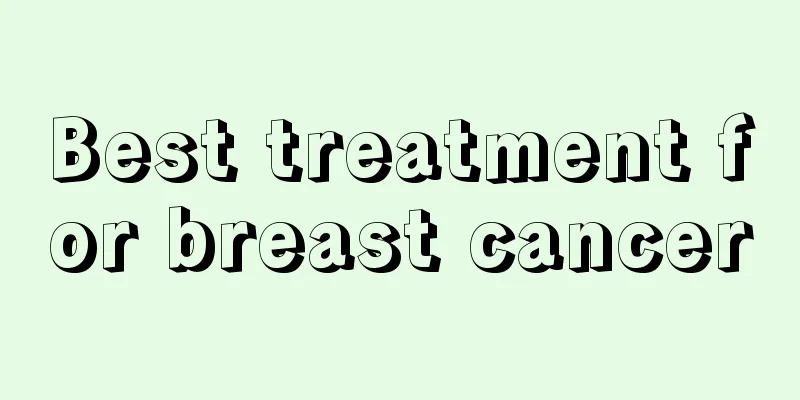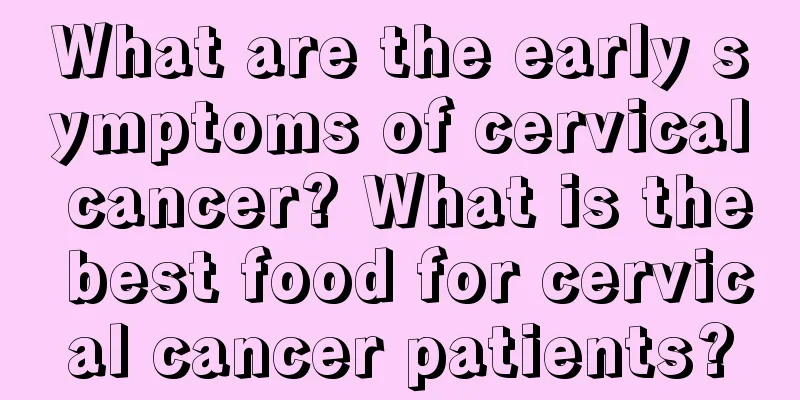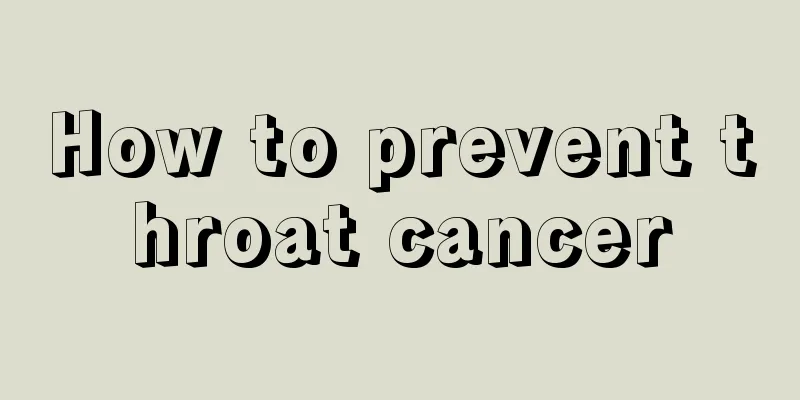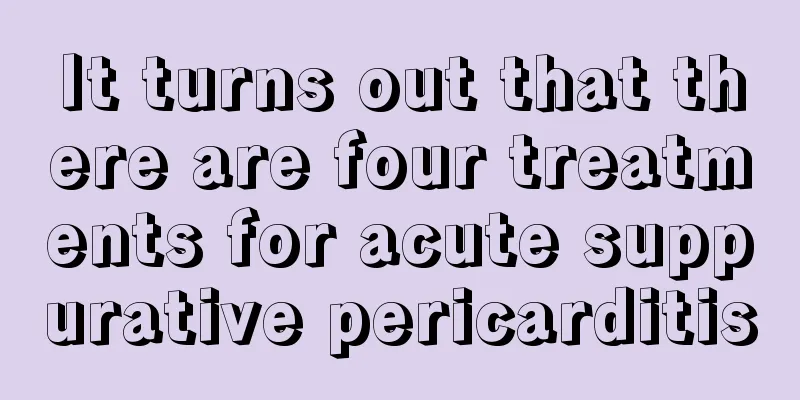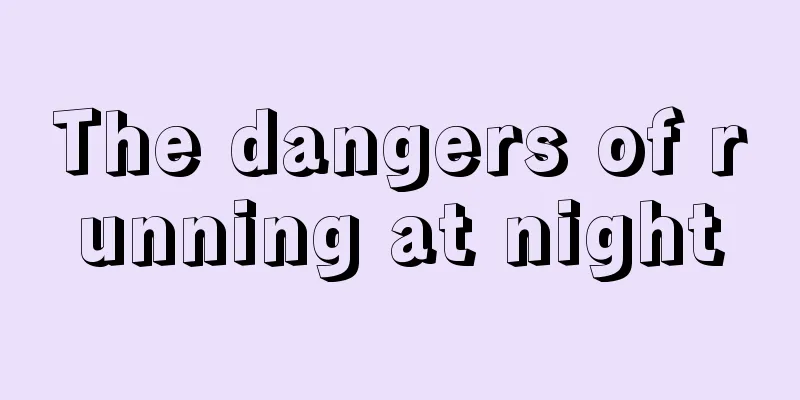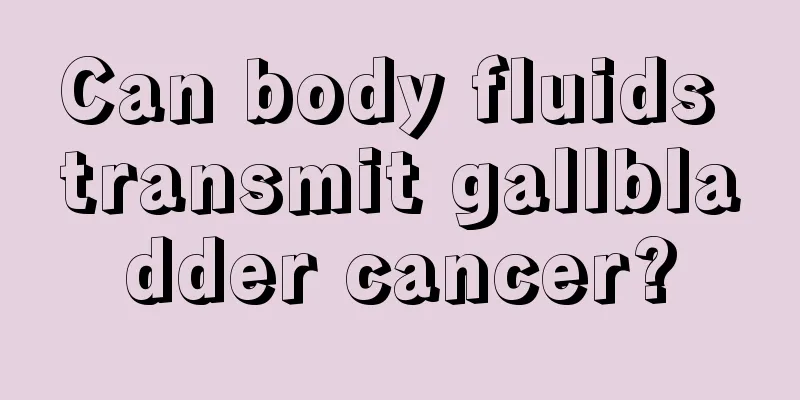What is the treatment for calculous cholecystitis
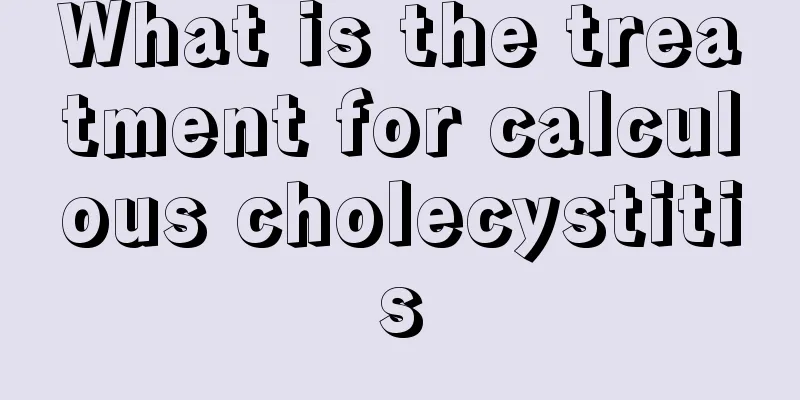
|
Patients with calculous cholecystitis can use some diuretic treatments, which include the use of some drugs, such as azintamide, which can promote bile synthesis and secretion, or some acupuncture therapies can help relieve the symptoms. (1) Dietary adjustment: The incidence of gallstones and chronic calculous cholecystitis is related to diet and obesity. It is recommended to have a regular, low-fat, low-calorie diet, and to encourage regular eating at regular times and in fixed quantities. (2) Choleretic treatment: ① Ursodeoxycholic acid: The use of ursodeoxycholic acid helps reduce the risk of biliary pain, avoid the occurrence of acute cholecystitis, and improve gallbladder smooth muscle contractility and inflammatory infiltration. ② Azintamide can promote bile synthesis and secretion, while increasing the activity of pancreatic enzymes and promoting the absorption of carbohydrates, fats and proteins. Compound azintamide enteric-coated tablets can promote bile secretion and slightly promote biliary motility while helping to improve symptoms such as indigestion. ③ Anetholethiocarbamide has a bile secretion-promoting and mild biliary motility-promoting effect. (3) Preventive cholecystectomy: ① People at high risk of gallbladder cancer; ② Patients with immunosuppression after organ transplantation; ③ Patients with rapid weight loss; ④ Those with an increased risk of gallbladder cancer due to "porcelain" gallbladder. (4) Antispasmodic and analgesic for biliary colic during acute attacks of chronic cholecystitis. You can take 0.6 mg of nitroglycerin sublingually, or inject 0.5 mg of atropine intramuscularly, and you can inject 25 mg of promethazine intramuscularly at the same time. The analgesic pethidine 50-100 mg is injected intramuscularly and combined with antispasmodics to enhance the analgesic effect. (5) Relieve symptoms of biliary dyspepsia. Inflammatory stimulation and chronic fibrosis of the gallbladder wall are common in chronic cholecystitis, which can easily lead to dyspepsia symptoms in patients. For patients with dyspepsia and clear gallstones, 10% to 33% of symptoms can be relieved after cholecystectomy. (6) Anti-infection treatment: The rational use of antibiotics in the treatment of chronic cholecystitis biliary infection is of great significance based on the bile culture results, infection severity, antibiotic resistance and antimicrobial spectrum, and underlying diseases of the patient, especially those with liver and kidney damage. (7) Traditional Chinese medicine has a long history in the treatment of cholecystitis. Choleretic Chinese medicine can be selected based on the patient’s clinical manifestations. Acupoints commonly used in acupuncture treatment include Gallbladder, Gallbladder, Yanglingquan, Qimen, Zusanli, etc. |
<<: What should I do if my hair is thin and falling out
>>: How to treat lateral knee tendon strain
Recommend
Can people with gout eat melon seeds?
Gout patients should be more careful about any fo...
How long does it take for rectal medication to be absorbed
Rectal administration is a common method of drug ...
Introduction to eyebrow types
In life, everyone's eyebrow shape is differen...
What are the benefits of washing your face with salt
With the improvement of economic level, many frie...
Can breast cancer with effusion lead to death?
Due to various reasons such as the female body, w...
What exactly is osteosarcoma
Everyone is afraid of osteosarcoma, which serious...
The evolution process of gastric cancer
Gastric cancer is not a rapid transformation from...
How to store live crayfish
When eating crayfish, everyone prefers to eat fre...
Can I eat Astragalus during menstruation?
Nowadays, more and more people are aware of the r...
Is skin cancer hereditary?
Skin cancer is one of the more serious cancers. I...
How do patients with prostate cancer arrange their diet? What foods are beneficial to patients with prostate cancer?
If prostate cancer patients can find their sympto...
The beauty effects of hydrolyzed pearls
Pearls are produced in pearl oysters and mother-of...
Which hospital is better for colon cancer
Nowadays, colon cancer is no longer a rare diseas...
Can I eat pineapple if I have skin allergies? It turns out this is the case
Skin allergies are a common phenomenon in daily l...
Can red wine and walnuts be eaten together
Walnut is a kind of nut food that we often eat. T...
